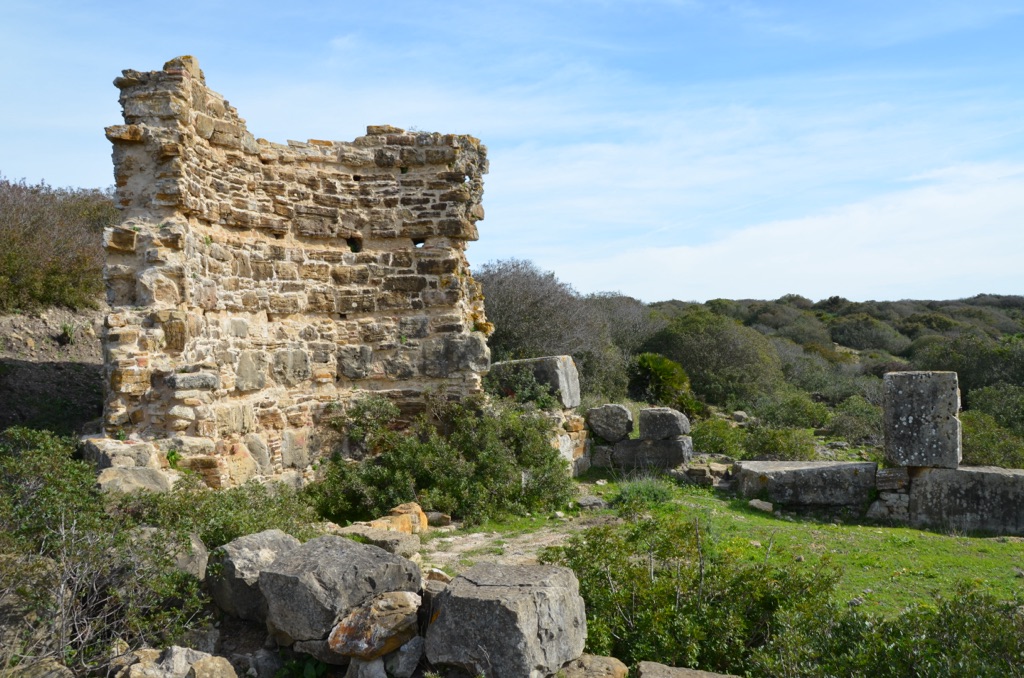Lixus is an ancient site located on the Atlantic coast of Morocco. Once a thriving city, it has roots stretching back to the Phoenician period. It became a prominent Roman city and was continuously inhabited until the 7th century. Lixus is a testament to the complex history of North Africa, showcasing layers of cultural influence from the Phoenicians, Carthaginians, and Romans. The ruins offer a glimpse into the past, with remnants of temples, baths, and other structures. Its historical significance is further enhanced by its association with the legend of the Garden of the Hesperides, a mythological orchard from Greek mythology.
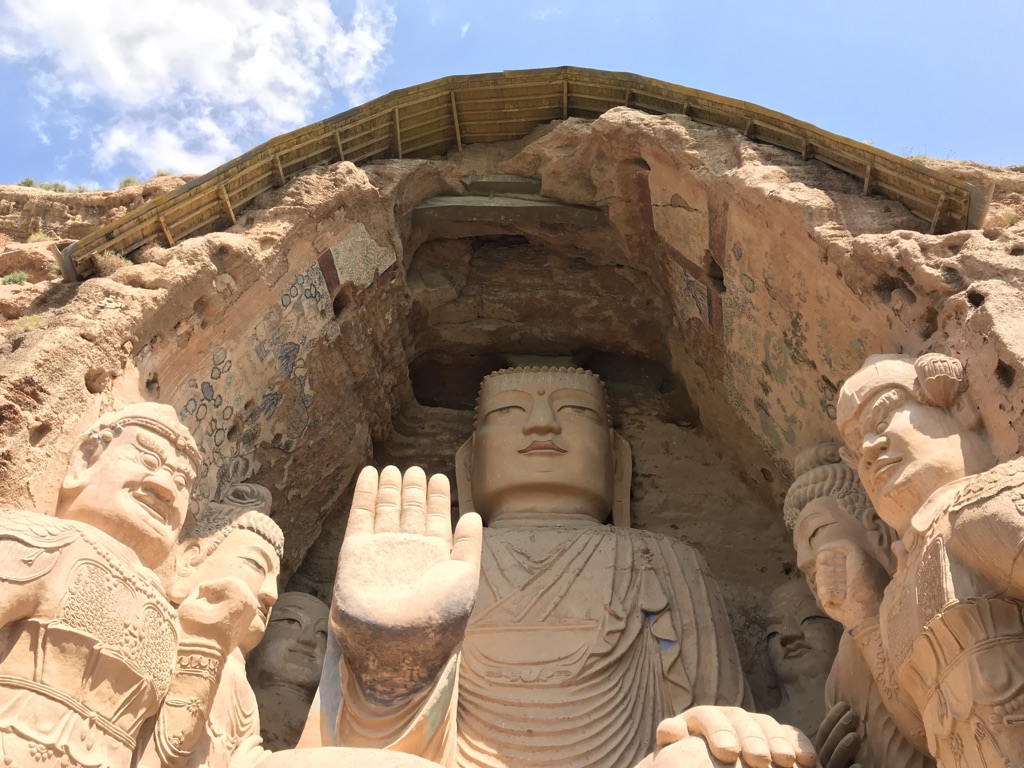
Tiantishan Caves (Tiantishan Grottoes)
The Tiantishan Caves, also known as the Grottoes of the Heavenly Ladder, are a series of ancient Buddhist cave temples. They are located in Gansu Province, China. These caves are a testament to the religious and cultural exchanges along the Silk Road. They house a collection of Buddhist art dating from the 4th to the 6th centuries. The caves are carved into a cliff face, showcasing a blend of Indian and Chinese artistic influences. They are an important part of China’s rich historical tapestry.
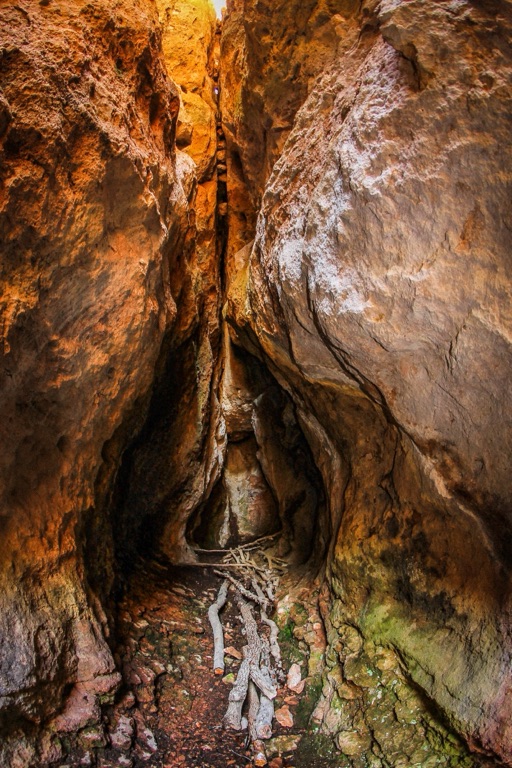
The Utroba Cave (Womb Cave)
The Utroba Cave, also known as the Womb Cave, is a remarkable prehistoric site located in Bulgaria. Carved by natural forces and shaped by human hands, this cave boasts an entrance that strikingly resembles the female reproductive organ. It’s a place shrouded in mystery, with its exact purpose still debated among historians and archaeologists. The cave’s unique features have led to various interpretations, ranging from a sanctuary for fertility rituals to a natural formation that gained cultural significance over time.
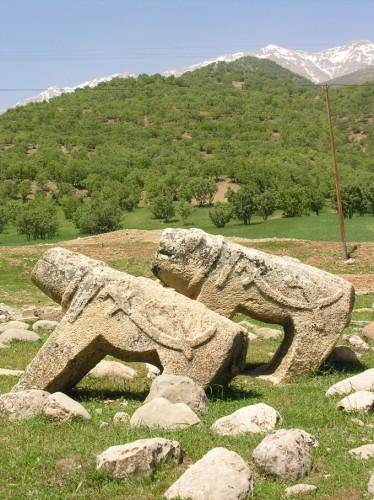
Lion Tombstones in Iran
In the rugged terrains of the Zagros Mountains and the sweeping landscapes of western, southwestern, and southern Persia, a unique and evocative form of memorialization marks the resting places of the Lor and Qašqāʾi nomads. These are the Lion Tombstones, locally known as šir-e sangi or bardšir, “stone lion” in Lori. These sculptured lions, with their imposing presence, stand as silent guardians over the graves of unknown chiefs and warriors, encapsulating a rich tapestry of cultural memory, social hierarchy, and artistic expression.
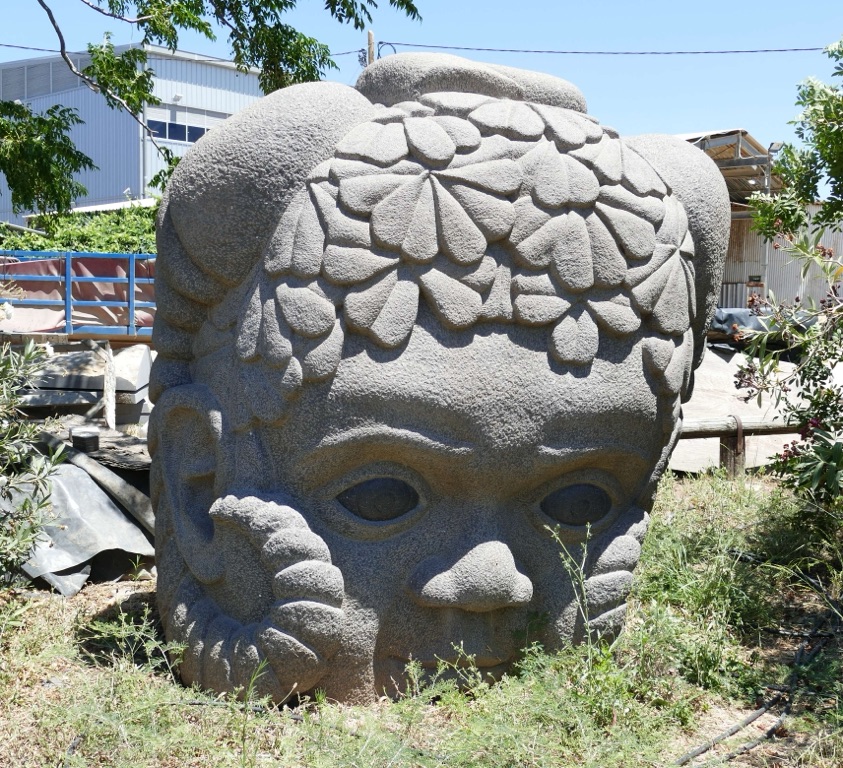
Ein Carmel Sculpture Garden
Nestled in the heart of Israel’s picturesque landscapes, the Ein Carmel Sculpture Garden stands as a testament to the harmonious blend of art, nature, and history. This enchanting garden, located near the Ein Carmel kibbutz, offers visitors a unique opportunity to explore an extensive collection of sculptures set against the backdrop of lush greenery and the serene ambiance of the Israeli countryside.
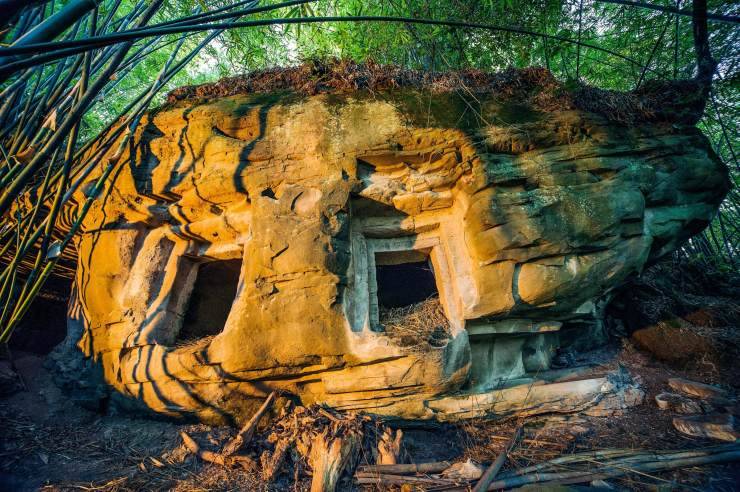
China’s Ancient Manzi Caves and Cliff Tombs
Nestled within the rugged landscapes of Sichuan Province, ancient cave tombs carve a mysterious silhouette against the backdrop of China’s rich historical tapestry. These architectural marvels, dating back over two millennia, offer a unique window into the burial practices and spiritual beliefs of ancient Chinese civilizations. Among the most captivating of these sites are the Shicheng Cliff Tombs, a testament to the ingenuity and reverence of the people who constructed them.

